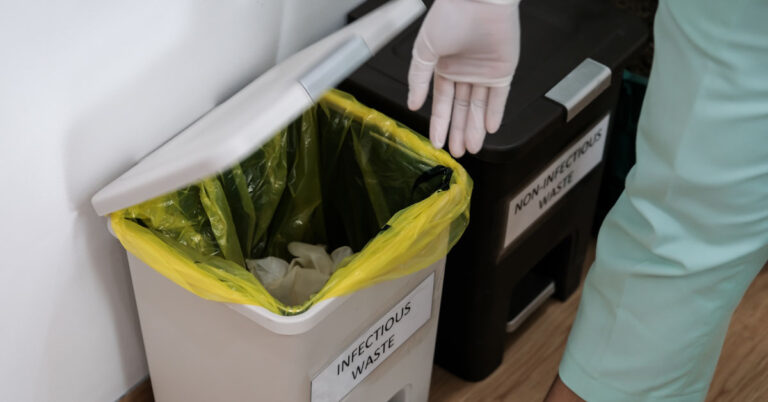Common Problems While Measuring Blood Pressure In An Emergency & Tips To Get The Correct Reading
Did you know that as little as 5 mm Hg difference while monitoring blood pressure could mislabel several million Americans with pre-hypertension, even though they could actually be suffering from true hypertension? If the blood pressure levels were overestimated by 5 mmHg, there could be several more millions of Americans taking unneeded drugs. Some factors that emergency medical professionals should take into consideration while measuring blood pressure include:
• Remember that can blood pressure can raise depending on who is taking the measurements. A patient’s readings are likely to be high when a physician measures blood pressure as compared to the measurements taken by a nurse. This is because patients are naturally apprehensive when the doctor takes a reading.
• Similarly, patients engaged in active listening are likely to report a systolic blood pressure that is around 10 mm Hg more than normal.
• Patients controlling the urge to urinate are also likely to report increase in blood pressure. Tight clothing or measurements taken over clothing also cause inaccurate results.
• Another common mistake during a manual measurement involves rounding off the reading to the nearest zero.
• Forearm measurements in obese patients are often wrong. It is easier to take forearm blood pressure than to search for a large puff, but the results are not as reliable.
• Patients who are more than 70 years of age and under treatment for hypertension should stand while measuring blood pressure.
Some of the common ways of getting an accurate reading, especially during an emergency include:
• Support the patient’s arm well: Keep your non dominant hand below the patient’s elbow and ensure that his palm is supported well. And if you have to place the arm on your lap, tiptoe your feet to minimize transmitting road noise travelling through your feet.
• Include a good quality stethoscope in your emergency medical equipment: Spend money on a good quality stethoscope for accurate reading. Also replace the diaphragm with a disposable diaphragm that’s disposable and acoustically sensitive.
• Use the bell of the stethoscope: Some studies have proved that the diaphragm works better, but when in emergency conditions on the road, bell readings are more accurate.
Looking for quality biomedical equipment? Contact us for a quick quote…




